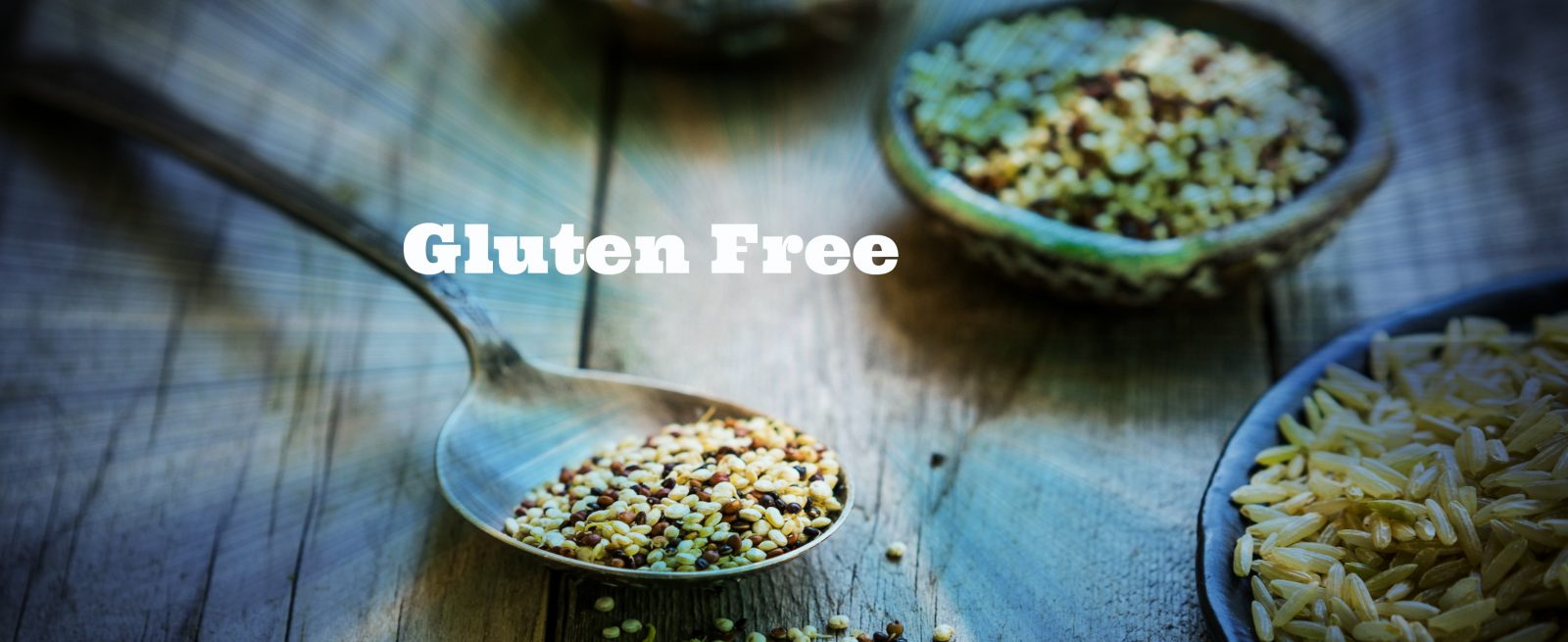Busting Three Common Myths on Serving the Gluten-Free Community
3 Min Read By Lindsey Yeakle
The growing public interest in gluten-free menu options has not gone unnoticed by restaurants looking for ways to expand their customer base and enhance loyalty. However, the desire to tap into the demand for gluten-free dishes is often accompanied by trepidation over whether the food service can meet the needs of patrons wanting gluten-free options in an economically viable and safe way.
In my experience, much of the fear restaurant operators and chefs have about preparing gluten-free foods stems from some common myths about the requirements and constraints that would be involved. Here are three common myths we can quickly dispel.
Myth No. 1: I will have to build a second kitchen to offer gluten-free food.
Every restaurant understands the importance of keeping a close eye on its expenses. Hence, the thought that preparing gluten-free dishes will require adding an entirely separate kitchen is a nonstarter for many food service establishments. But it’s a misconception. The reality is that a food service can use the same oven, refrigerator and freezer for gluten-free and gluten-containing items. The primary change that is needed is a new set of procedures, such as not putting gluten-free food items directly on an oven rack. For example, one of our national pizza chain customers uses the same pizza oven for gluten-containing and gluten-free pizzas, but the gluten-free pizzas are cooked on disposable foil pans so they don’t touch the oven.
A designated top shelf will also be needed in the refrigerator and freezer for gluten-free items to prevent the risk of cross-contamination should food items spill above them. Gluten-free ingredients in containers also need to be clearly labeled. A separate gluten-free food prep area will need to be designated as well. Finally, the food service will need pots, pans and cooking utensils dedicated for making gluten-free dishes.
Simple precautions like these to avoid the risk of cross-contamination are all that is required.
Myth No. 2: Keeping a dish gluten-free will really limit what I can cook.
Cooking gluten-free does not have to be a constraint on creativity in the kitchen, and there are some incorrect beliefs out there that need to be dispelled. One is that the only liquor you can use in gluten-free cooking is potato-based vodka. After much research, we have learned that the gluten protein in grain is removed in the alcohol distillation process. So if a chef wants to deglaze a pan with liquor to make a sauce, they can do so.
Similarly, a chef might think they can’t thicken a soup because they can’t use all purpose flour. But they can thicken the soup using rice flour or corn starch as the thickening agent.
Myth No. 3: Cooking gluten-free means giving up flavor and texture.
This is another common misconception. For example, chefs often add soy sauce to a dish to increase sodium or the umami flavor profile. But they may think all soy sauce contains gluten and they can’t use it, when in fact there are inexpensive and readily available brands of soy sauce on the market that are gluten-free. Similarly, one of our polished casual restaurant customers uses beer in one of its dishes. When they have a customer wanting to eat the dish gluten-free, they substitute and use a gluten-free beer.
Food manufacturers have responded to the increased interest in gluten-free and are bringing more and more products to the market using a variety of gluten-free ingredients, including grains, nut flours and gums, that make it possible to get the texture and taste restaurants and chefs are wanting to achieve.
Education and Training are the Keys to Success
These kinds of myths can easily be dispelled with a little education and training. One of the benefits of a food service working with a gluten-free food service certification organization is that the certification organization can help a restaurant separate fact from the kind of fiction written about above, overcoming perceived barriers to offering their customers great gluten-free foods in a cost-effective and safe way—supporting both your patrons and your bottom line.


